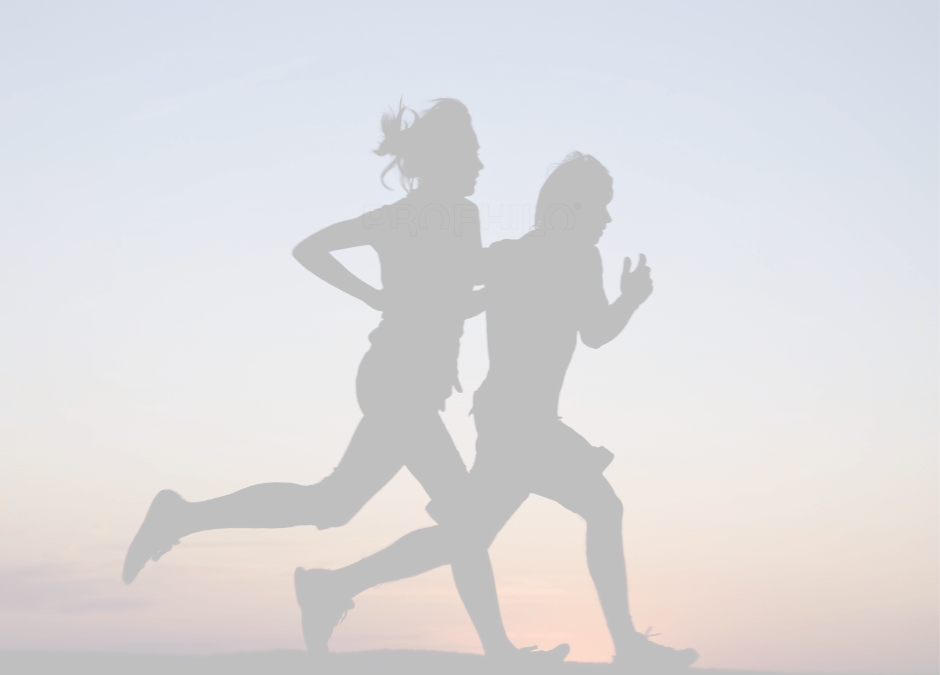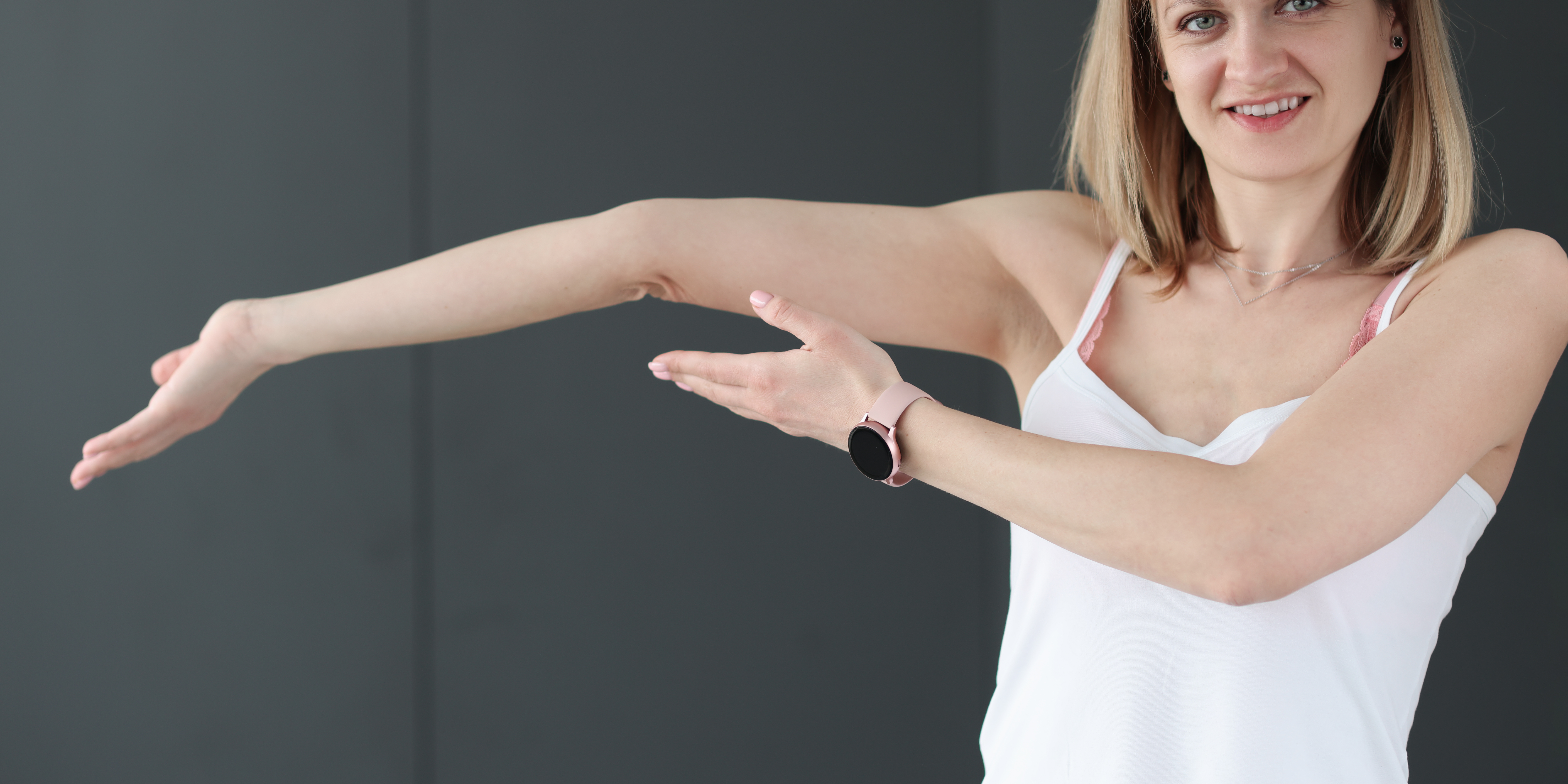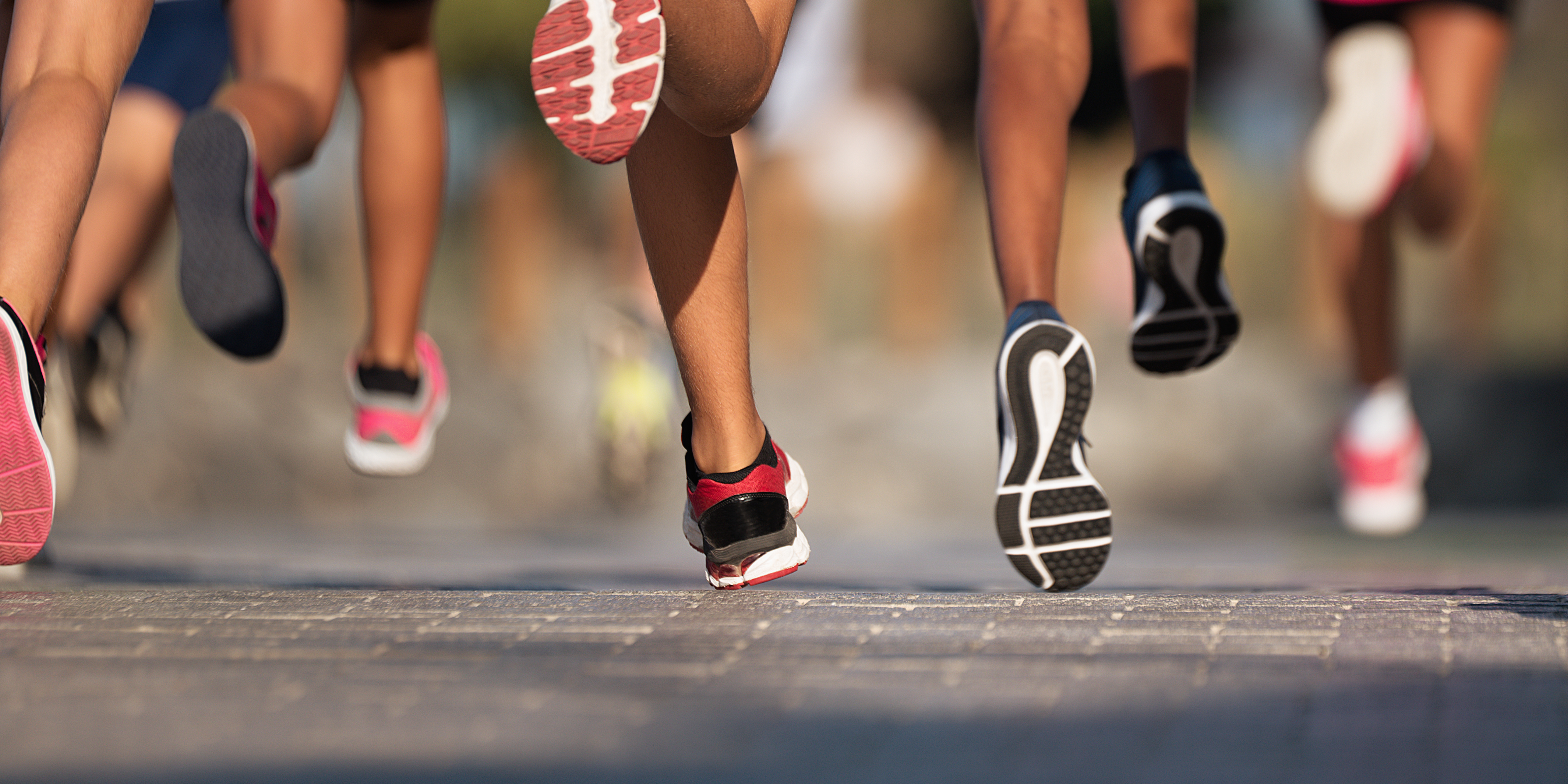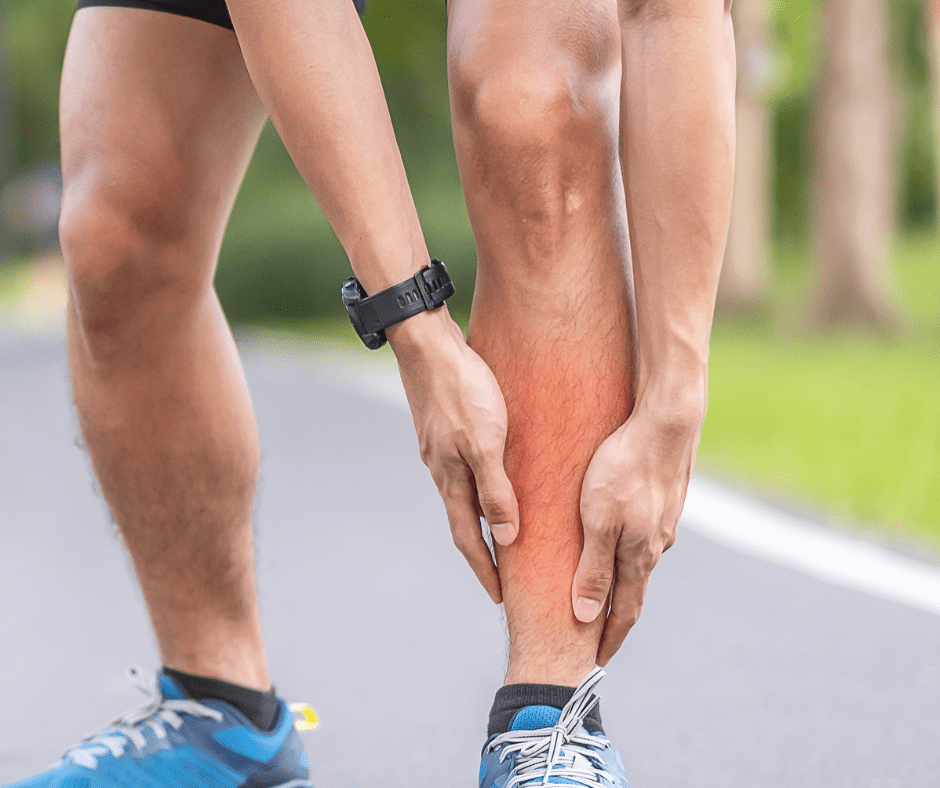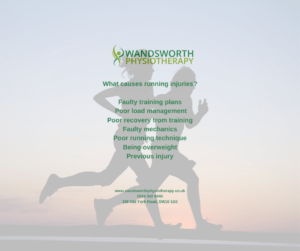
We have established that running, is not bad for your joints, or it doesn’t accelerate joint wear compared to non-runners anyway. Unfortunately wear and tear in our body is a process we all experience to different degrees, but it doesn’t necessarily mean we can’t carry on with some of the things we want to do, such as running. But what does causes running injuries then? Patients will often come into clinic and tell their story, suggesting they hadn’t stretched before a run or hadn’t warmed up or they might have slept funny the night before. However, these usually have little to do with sustaining a running injury.
What we do know leads to injuries is faulty training plans and poor load management, poor recovery from training, faulty mechanics and running technique, being overweight and a previous injury.
Faulty training plans and poor load management
This is perhaps the most common cause of a running injury with up to 80% of injuries coming from excessive loading. When you run there can be anywhere from 3-6 times your body weight (depending on how fast your run) that passes through your body. Each time your foot hits the ground, the ground hits your foot and this load passes up through your foot, Achilles, shin, knee, hip and spine. If your step rate is 165 steps per minute and you run for 30 minutes, that’s almost 5000 steps. If you weigh 60kg and are running at a fast pace there might be 3 times your body weight each step. Over the course of 30 minutes, you would put 900,000kg of load through your body!
A healthy body with good body mass with a well periodised training plan will adapt positively to this. However, doing too much training volume (overall milage) or running too far too frequently may lead to mal adaptation and your body tissues may not tolerate this loading anymore.
Rapid changes in load are also problematic. For example, we often see children in clinic in September and October as they have done less sport over the summer holidays and then really ramped up exercises when back at school, or we see people who were tolerating loading well, who after a two-week holiday of rest and relaxation go straight back into their pre-holiday training volume and break down. Remember your body is not a machine, and even though your mind can do what you want, the body needs time to adapt. This is where working with a coach or physio will be invaluable.
Poor recovery from training
When you have loaded and stressed your tissues, they need time to recover and positively adapt. This is where recovery from training is important. For example, this is what you would see when you taper in the last 2 or 3 weeks prior to running a marathon, you are giving your body time to recover from all the training in preparation for the big day. Two of the most important things you can do for optimal recovery is get adequate sleep and optimum nutrition.
Sleep is where your body both physically and mentally repairs and recovers. You release growth hormone as you sleep, and as the name suggests it helps tissues “grow” – collagen for healthy muscle, tendon and bone metabolism. Good nutrition is also important. Exercise signals your body to switch on enzymes that stimulate protein synthesis (think structural repair again), so your body needs quality proteins at this point. Ensuring health fats that keep your joints nerves and brains healthy as well as making important hormones, and eating healthy sources of carbohydrates to re-stock your muscle fuel is important. This can best be achieved working with a nutritional therapist.
Faulty mechanics and running technique
When we talk about mechanics, we mean how you are built and how you move. There is no such thing as perfect posture or running technique as everyone is different and we see people with different mechanics and techniques compete at a high level. However, faulty mechanics exposed to excessive training loads can lead to injuries. Faulty mechanics might mean a leg length discrepancy, poor pelvic control, increased Q angle, pronated feet and muscle weakness. All these things can be assessed for and treated in conjunction to your loading programme and is best done under the direction of a physio.
When we assess running technique there are certain things we look out for – stride length, step rate, step width and overall running pattern (what’s happening at the foot knee and hips). Once these faults have been identified and corrected to optimise load transfer through the body, we can help reduce the risk of injury. Working with a running coach or physio skilled in gait analysis will be useful.
Being overweight
As we have already seen in a pervious article running is not bad for the joints, however being overweight is. Having an increased body mass means there is more weight going through your body on each run which your tissues must adapt to. Using the above example but changing the weight to 90kg and the total body load for a 30-minute run is 1,336,500kg!
Body fat is not an inert reservoir of energy sat on the belly and love handles ready to be burned if you decide to exercise. It is a metabolically active tissue release several chemicals, particulate inflammatory chemicals that can damage arteries, increase blood pressure and lead to cartilage damage in joints. If you are overweight – do what you can to lose weight. Start with non-impact exercise and diet, then add in running when your weight is coming down.
Previous injury
One of the biggest risk factors for an injury is a pervious similar injury. This is true for ankle sprains, hamstring strains, ACL tears, and if you don’t rehab properly or go back to training or your sport too soon you are likely to break down again. What we recommend is a Run Fit Assessment, ultrasound scans and running gait analysis.

